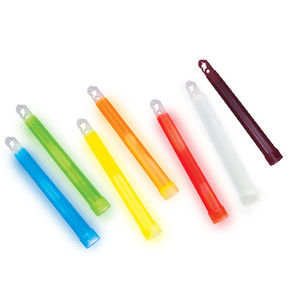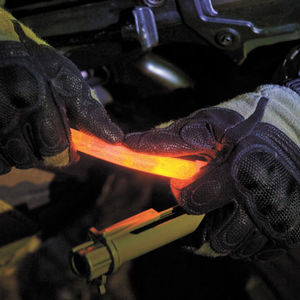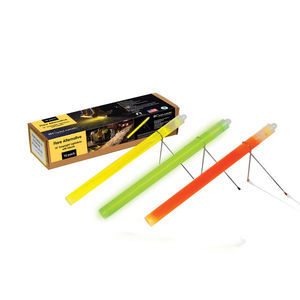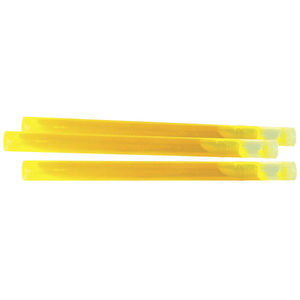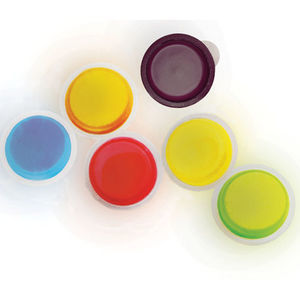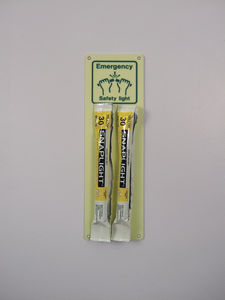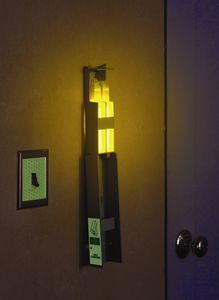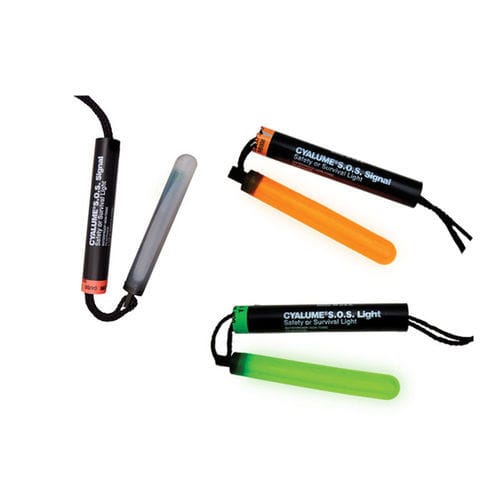
Emergency lighting SOS survivalLEDoutdoorportable



Add to favorites
Compare this product
Characteristics
- Type
- emergency lighting
- Illumination technology
- LED
- Applications
- outdoor
- Other characteristics
- portable
Description
The SOS is a lightstick provided with a cord. When activated, it becomes a particularly practical survival signal light generating a highly visible circle of light. By spinning its handle, a light circle is formed, visible at up to 1 mile (1.6 km) on land/sea level, and 3 miles (4.8 km) from the sky.
This survival signal light is useful as an emergency light, distress light, means of airborne and horizontal identification lighting.
SOS is used in various situations, for instance:
• Signaling and marking for rescue responders,
• Position signal light,
• Marker light for rescue at sea,
• Substitute for visual pyrotechnical distress signals,
• Essential component in a safety kit,
• Identification of dangers and risk zones on a route…
The SOS is a lighted identification marker used as a distress signal to identify a location or a position visually. This lighted signal is used by unscrewing the cap to remove the outer protective envelope. Then, the stick contained inside is twisted and shaken, in the same way as the other lightsticks. The plasticized shell used as an envelope then becomes a handle and the long attaching lanyard allows it to be swung in large circles of light.
These circles of light are obtained by swinging the stick at the end of the lanyard above your head making them visible up to 1.6 km at ground level and 4.8 km from the sky. Location is facilitated and the position made more visible and easily recognized for search and rescue operations.
Catalogs
No catalogs are available for this product.
See all of Cyalume‘s catalogs*Prices are pre-tax. They exclude delivery charges and customs duties and do not include additional charges for installation or activation options. Prices are indicative only and may vary by country, with changes to the cost of raw materials and exchange rates.


